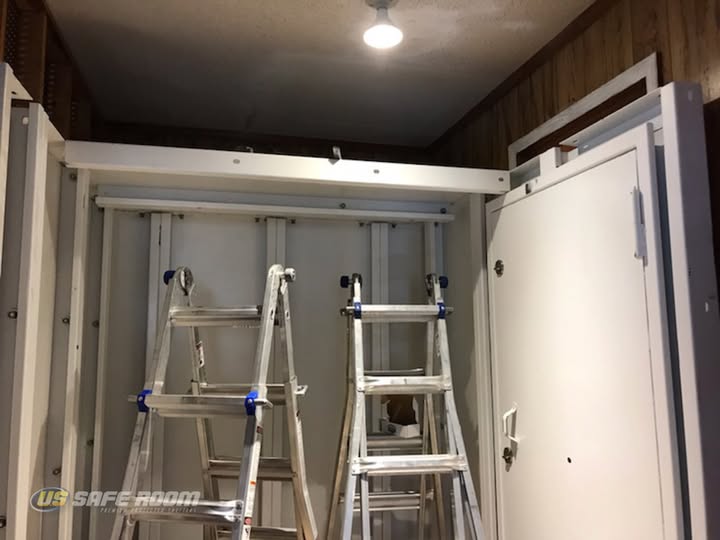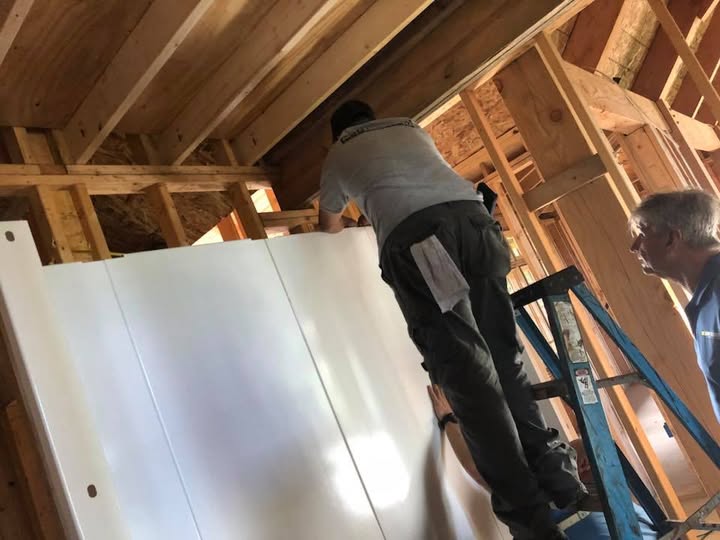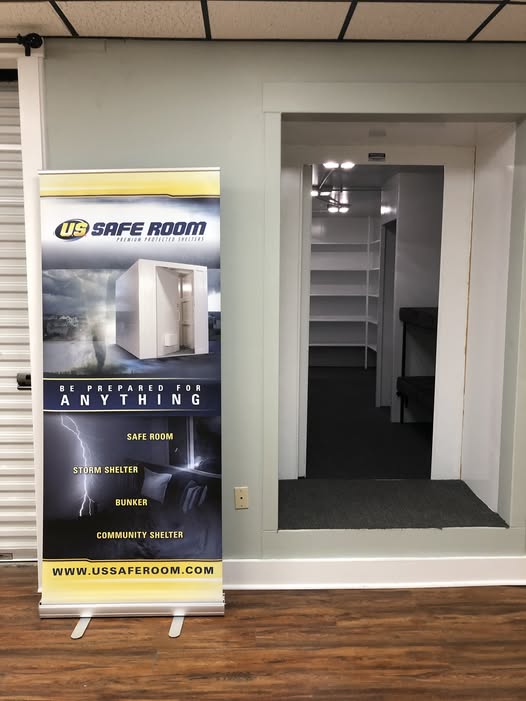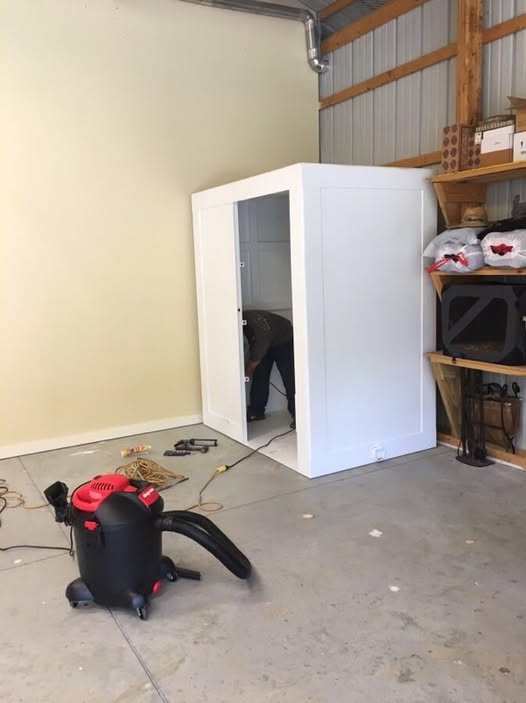Searching for the safest storm shelter is like online dating. Everyone looks well-kept and stable, but you shouldn’t overlook the red flags. “Safest” has become the latest sales pitch in dubious language, hiding extra fees and heavy baggage. Although safe room fatalities are rare, there have been documented cases of people dying inside their tornado shelters. Trapped exits from fallen debris and malfunctioning shelter systems caused most deaths. While solid-steel paneling is critical in selecting the safest storm shelter, location, geography, and building ordinances are also determining factors. U.S. Safe Room will evaluate your safety needs before presenting the best tornado shelter for your home or business.
Location, Location, Location!

Safe room installation isn’t like building a tool shed or throwing together patio furniture. Not every installation location will suffice. All prospective shelter owners should evaluate their safety needs and infrastructure limitations. While underground bunkers are best for Midwestern residents, Deep South refuge seekers should only install above-ground models in flood zones. Always consult your county’s building inspection office before committing to designated construction.
Are Panelized Kits the Safest Storm Shelter?

Not every residence has additional floor space for safe room installation. A panelized kit is best for homes or offices short on space. Previous customers have easily converted a spare bedroom, office, or walk-in closet into a panelized safe room. Our panelized kits offer the same protection as our above-ground models at a fraction of the price. Furthermore, panelized kits are easier to assemble and provide additional privacy.
Bigger isn’t Always Better

Although size and safety needs guide safe room installation, larger storm shelters aren’t inherently safer than smaller models. Residential families would benefit more from a 4′ x 4′ safe room while companies and businesses should consider larger community storm shelters. Moreover, growing companies and families must consider future safety needs when selecting models that allow fluctuating populations.
Steel’s Staying Power
Regardless of the desired size and optional features, solid-steel paneling and secure welds comprise each U.S. Safe Room storm shelter. Each shelter is also designed and engineered to FEMA 320 and 361 compliance standards. Investing in your “safest storm shelter” pays dividends for generations. Steel doesn’t depreciate and could increase your home’s curb appeal while lowering insurance premiums. Contact us today for a free quote and consultation!







